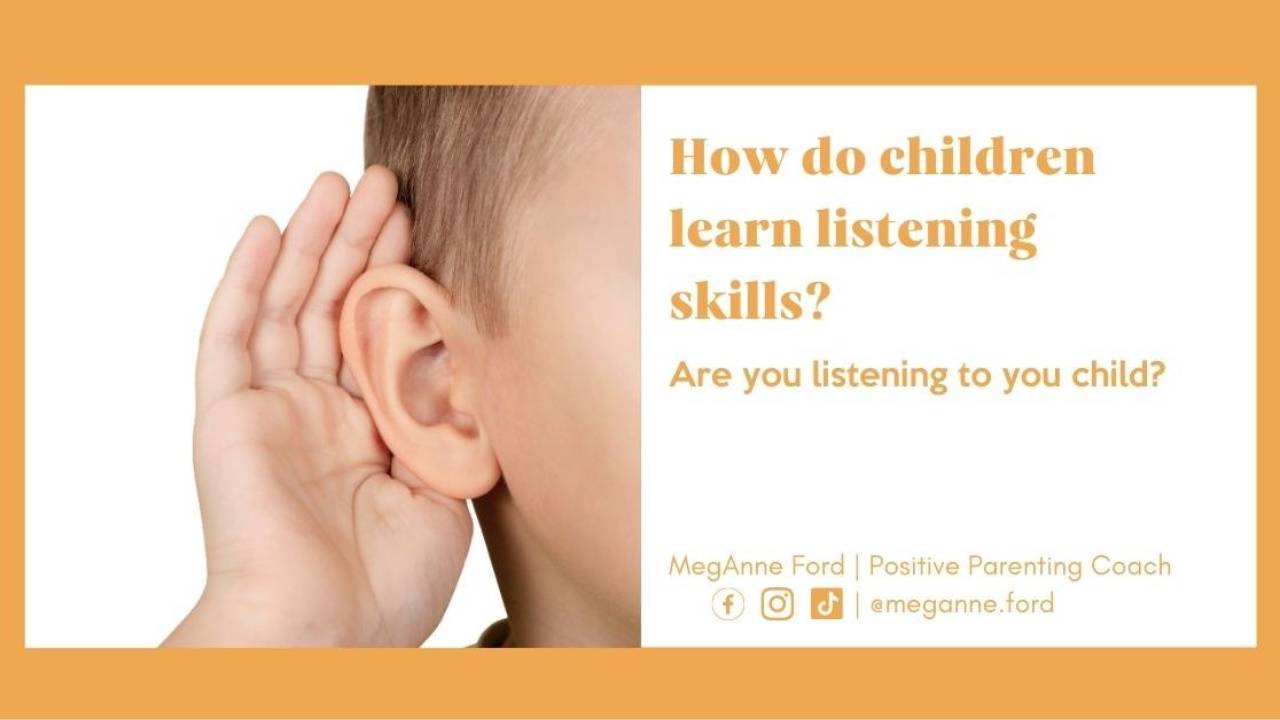
How to Eliminate Power Struggles
Apr 19, 2024
I recently came across a video that showed two women stuck in the drive-thru line at a fast-food restaurant engaged in an epic power struggle.
They were turning into the line at the exact moment, and their cars stopped just short of hitting each other.
Connected just enough to disrupt the flow of traffic.
The video was shot by a third woman behind them who just wanted a taco! The video is about 5 minutes long and showcases how the two women stuck in the line are so resistant and unable to listen- echoes of "she was, " "she did," and "I won't" were heard as the woman video tapping tried to negotiate with them.
I picked up right away that both women had flipped their lids. They were enraged and were both very passionate about NOT BACKING DOWN, only speaking from their emotional and reactive brain- incapable of logic and respect.
They are the justified party in each of their minds and won't budge because they don't feel they should.
The magic came when an employee came out and whispered in the window of one of the women, which caused her to back up a bit and let the other car pass. The other car did not even join in line. They just drove away. (Most likely feeling angry and embarrassed)
__________________
Power struggles can happen quickly and subconsciously. One moment, you're in the flow of your morning routine and make a request of your family that is met with resistance.
Thoughts like "They won't get away with that..." or "I'll show them..." might pop in, and this is the first cue that you are about to engage in a power struggle.
As soon as you've figured out what is happening, look for ways to GET OUT NOW! The key to solving a power struggle is looking for ways to have a win/win ending. Negotiate and find a compromise between the two people.
I've collected my top 5 strategies to use when working through a power struggle. Remember, these are not answers or solutions that will work ALL THE TIME. These are just some strategies to try on and give a test run to see what works for you and your family.
This is hard work and outside support can be helpful, to get started today working with me you can sign up for the Understanding Us Email Series.
Taming Power Struggles
1. VISUALS! Create charts, lists, and agreements together.
If bedtime is a problem consistently, try creating a visual chart of all the steps involved. Your child can color it and find a safe place to display the new chart. It becomes the source of reference when needing to be reminded of the steps involved.
Bringing them into the process to practice the steps before needing to execute the steps at the appropriate time is a powerful method. I suggest placing the charts in the appropriate spaces. Imagine going to the bathroom every time you are getting ready to leave the house in the morning to check the steps to complete.
This also works really well for households in transition. Like going to Mom's house from Dad's. create a tangible checklist to be inside the suitcase so that your child can remember to pack all the correct lovies, bathing suits, and important schoolwork.
This will save you a tantrum or drive when things are forgotten.
2. QUESTIONS! Ask questions to gather all the information.
Needing to get to swim practice on time with ALL the items intact?
Try asking your child about 30 minutes before practice, "What do you need to have ready for swim practice?"
Listen for your child's answer and then encourage them to gather all the items needed before it's time to go.
Typically, the transition before an activity is rushed, tense, and a flurry- which leads to many opportunities for nasty power struggles to pop up.
Asking your children a guided question will encourage them to answer and then engage in the solution. I would suggest including the practice of allowing them to ask for help.
BUT! My RVABFF Sarah kindly taught me that "Help means doing it together."
This was a mantra that she and her son would say while learning to put on those difficult swim shoes after they got wet. Asking for help was always an option, but that meant we did it together.
Keep in mind H.A.L.T (Hungry, Angry, Lonely, Tired). These are huge triggers. When one of these underlying causes is hidden, lids will blow quicker, and it may require more help and support. Just because your child KNOWS how to put on their shoes doesn't always mean they CAN when they're feeling tired. The key here is setting yourself up for success instead of taking the bait and engaging in the struggle.
3. FAMILY MEETINGS! A family mastermind to solve the problem together.
I love a weekly family meeting. I love the idea of engaging in the agile style of family meetings that I learned about in The Secrets to a Happy Family book by Bruce Feiler (https://amzn.to/3N7tqut).
Each week, the family gathers together and asks themselves 3 questions:
- What did we do really great this week as a family?
- What did not go as planned this week as a family?
- What is our goal to work on next week as a family?
This fosters a growth mindset as a family. Reflecting on what went really great (good), then introducing a moment that did not go so well (bad), and then ending the meeting by identifying what the focus in the upcoming week will be (good).
The key here is to really adhere to creating a trustworthy and open dialogue together. If your child talks about how they felt ignored by how much time you spent on your phone this week, listen to them openly and build that into the goal for next week. The hard part will be listening to the perspective of your children openly and without judgment.
This will come in handy when children are entering their teenage years- trust and openness are something you will be thankful you got in the practice early on.
4. REFLECTIVE LISTENING! The goal is to get on the same page.
This tool will come in handy when listening to your child during big emotions. The point is to mirror how your child is feeling in the moment without your opinion involved.
For example, take the video example above: Let's pretend the drive-thru employee came out and started a conversation with the silver car that went something like this:
Woman: I can't believe that she wants me to back up. What is she even thinking? I was here first and won't be moving. She is ridiculous. I am NOT moving.
Employee: Wow. You must be feeling very angry and annoyed in this situation. You feel like you were here first and don't want to move to let her pass. Is that right?
This is all about making sure you understand HOW they are feeling.
This is NOT about justifying or rectifying the behavior. Children working hard to explain their feelings often share them in BIG emotional ways. Often times, that message of how they're feeling may get lost in their word choice. Look for facial cues, body language, and tone of voice to help guide you.
"You got so excited when you saw Grandma come inside that you ran and then fell. That must hurt."
"You feel very disappointed in your grade after studying hard for the exam."
"You feel confused when your Dad and I offer different answers to the questions you ask."
5. FOLLOW THROUGH! Mean what you say. Say what you mean.
I saved this for last, as it is the most powerful of them all!
Follow through.
Mean what you say and say what you mean. If you have asked your children to be mindful in the car and they are still loud and screaming, silently pull over and hold space for them to settle before moving on to the next part. The follow-through is often the most challenging to execute.
It is hard to truly keep inventory of all the things you request and threaten throughout the day.
"Don't hit your brother with your spoon, or you won't get one next time."
The next day...you forget...you give them the spoon. Oops. Guess who didn't, your child. Children are so resourceful and keep track of EVERY crack in the system and will use that to their advantage at every single moment.
This is what keeps them magical and frustrating at the same time. This puts a huge amount of responsibility on you, as the parent, to follow through on what you say.
No. Easy. Task. But when the boundary is clearly stated, and the follow-through happens kindly and firmly, the challenge will lessen over time. You are teaching your children to trust your words and trust that you say exactly what you mean.
Think of the power of "clean your room or I will throw out all your toys" will become if you mean exactly what you say.
_________________
Power struggles are not fun for anyone. The hard part to understand is that with a winner, there has to be a loser. Typically, in these dynamics honestly- there are no winners. Even when you think you've won the battle, you're losing the war, relationship-wise.
I urge families in high stress to take a look at the way they engage in power struggles and try using some of the strategies discussed above.
I am a former misunderstood child turned parenting coach, I created the C.L.E.A.R. Method to foster connection. The Positive Parenting Journey empowers you to build lasting, healthy relationships with your kids. You can begin your journey with the Understanding Us Series Email Series.










